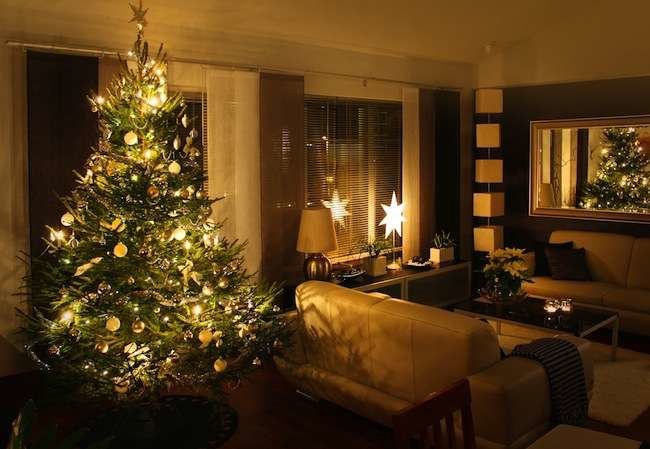We may earn revenue from the products available on this page and participate in affiliate programs. Learn More ›
Shedding Needles
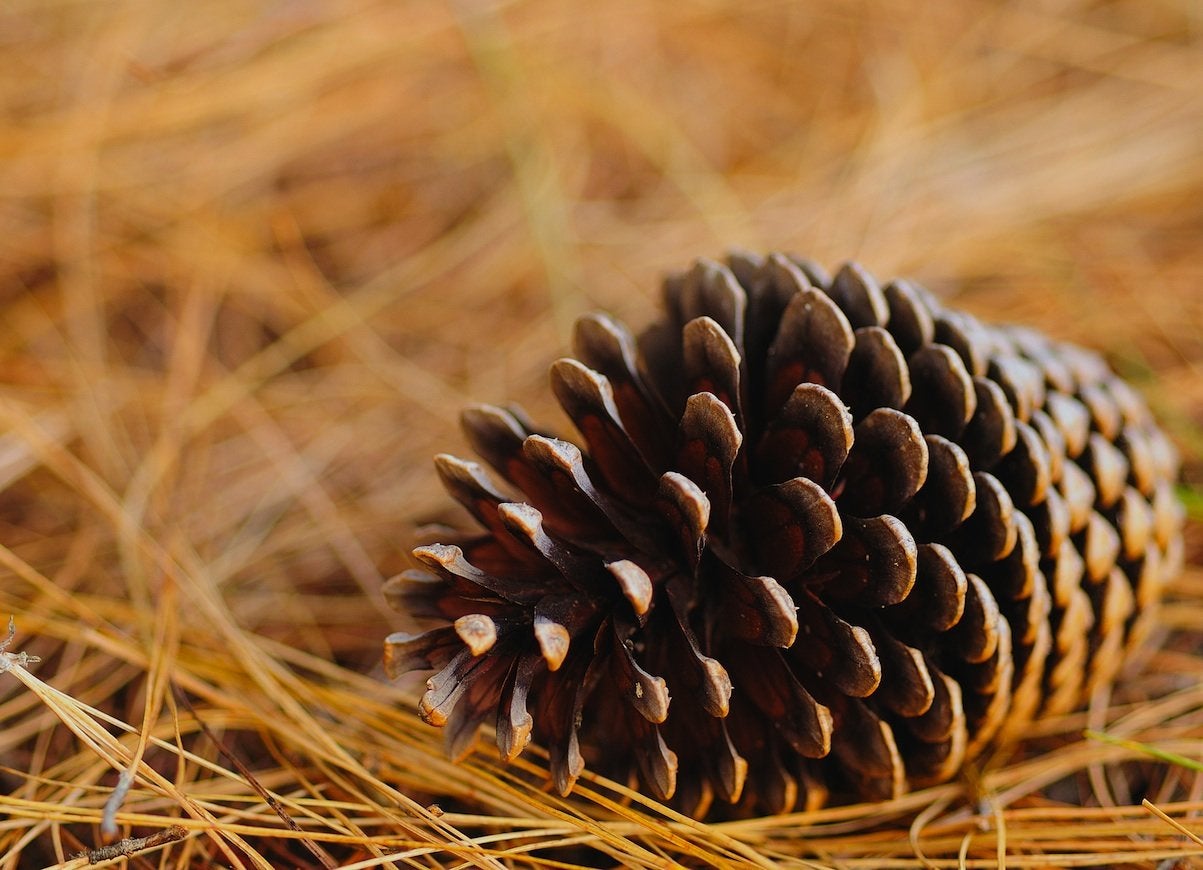
Dropping needles are a sign your Christmas tree is dry. You can combat this by buying the freshest tree possible in the first place. Then, be sure to cut a slice off the bottom of the trunk immediately before you put it into the tree stand. This removes the sap that has collected over the original cut, which allows the tree to take up water. Make sure it has LOTS of water for the first couple days, and don’t ever allow it the water to drop below the cut. You can also spray your tree with Christmas tree spray before decorating it. That will seal the surface of the needles and keep them from losing moisture.
Bare Spots
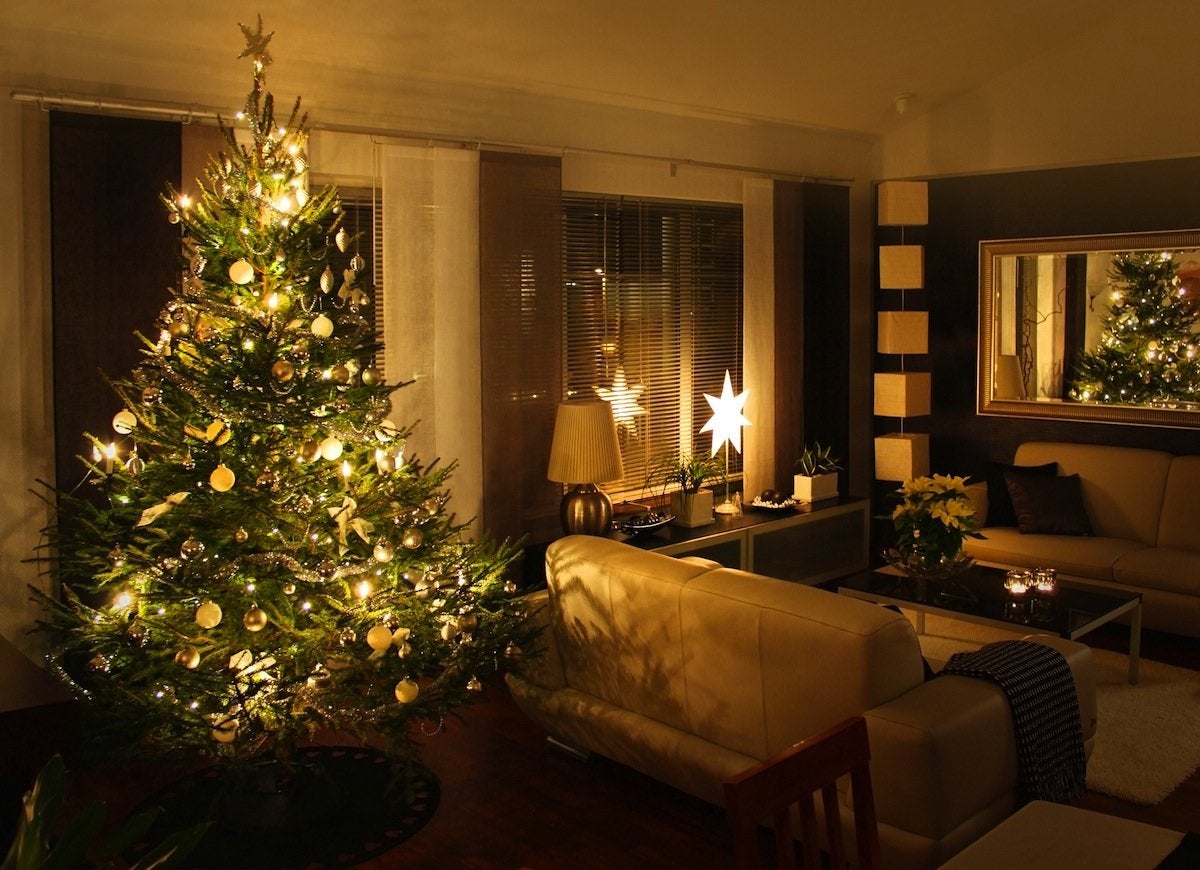
Sometimes you don’t see that the Christmas tree you’ve selected has a big bare spot until you get it home and into the stand. If your tree stands next to a wall or corner, that’s an easy fix—just turn it around. But if that’s not the case, cut a few branches from the bottom of the tree before putting it into the stand. Then, zip tie those branches onto the interior of the branches just surrounding the gap. Trim and shape them with some pruners to help those “new branches” blend in. Once you’ve got the lights and ornaments on, no one will ever notice.
Related: We’ve Tested Over 30 Christmas Trees, Our Favorites Look So Real You Can’t Tell They’re Artificial
Sap Removal
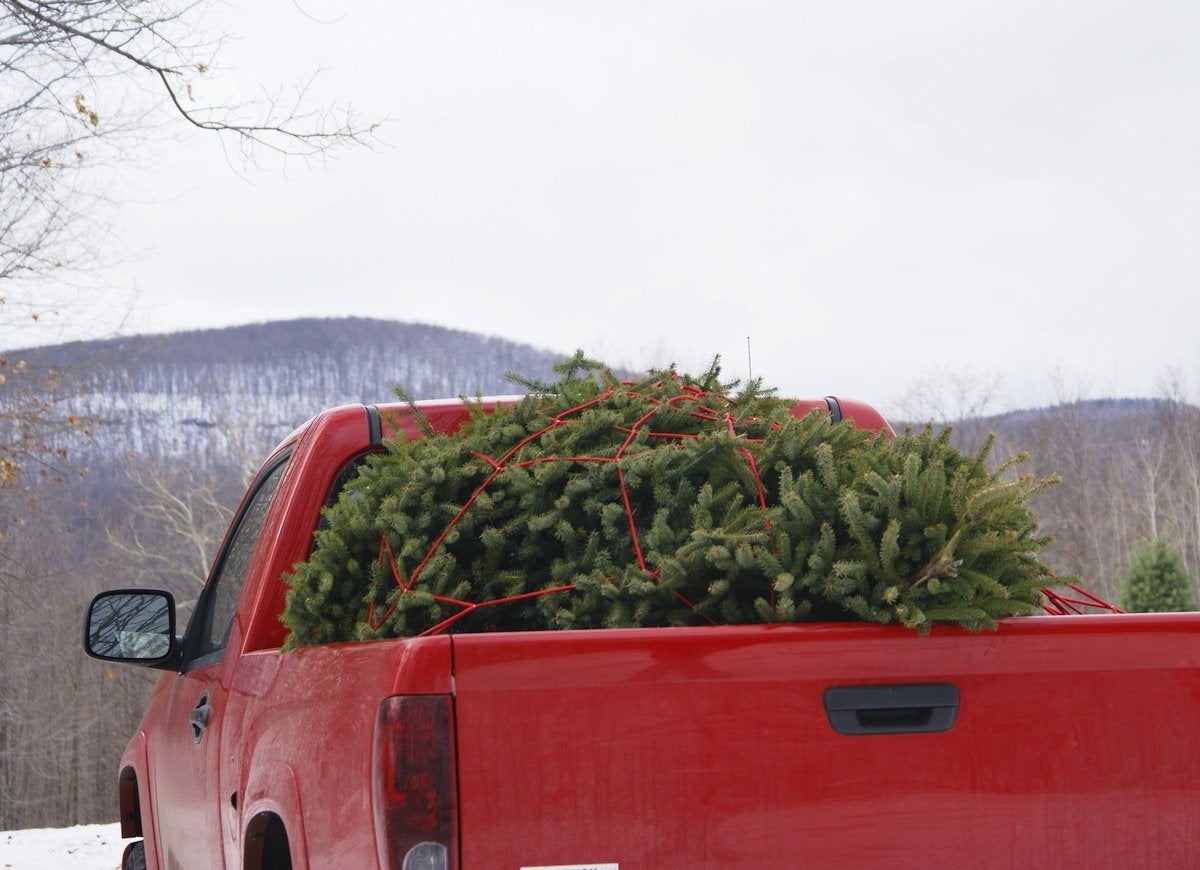
It’s inevitable that somewhere in between the Christmas tree farm and your home, sap will get somewhere. Usually that means its either in your car, on you, or on the carpet. For upholstery and carpet, mix a little dish soap into warm water and gently work it into the spot. Continue until the sap loosens up, and then rinse it away. Finally blot the area with dry towels. If you get sap on your hands, rub some hand sanitizer on it to break it up. Then, wash your hands with soap and water.
Related: Shopping for a Christmas Tree? Answer These 3 Questions First
The Crooked Tree
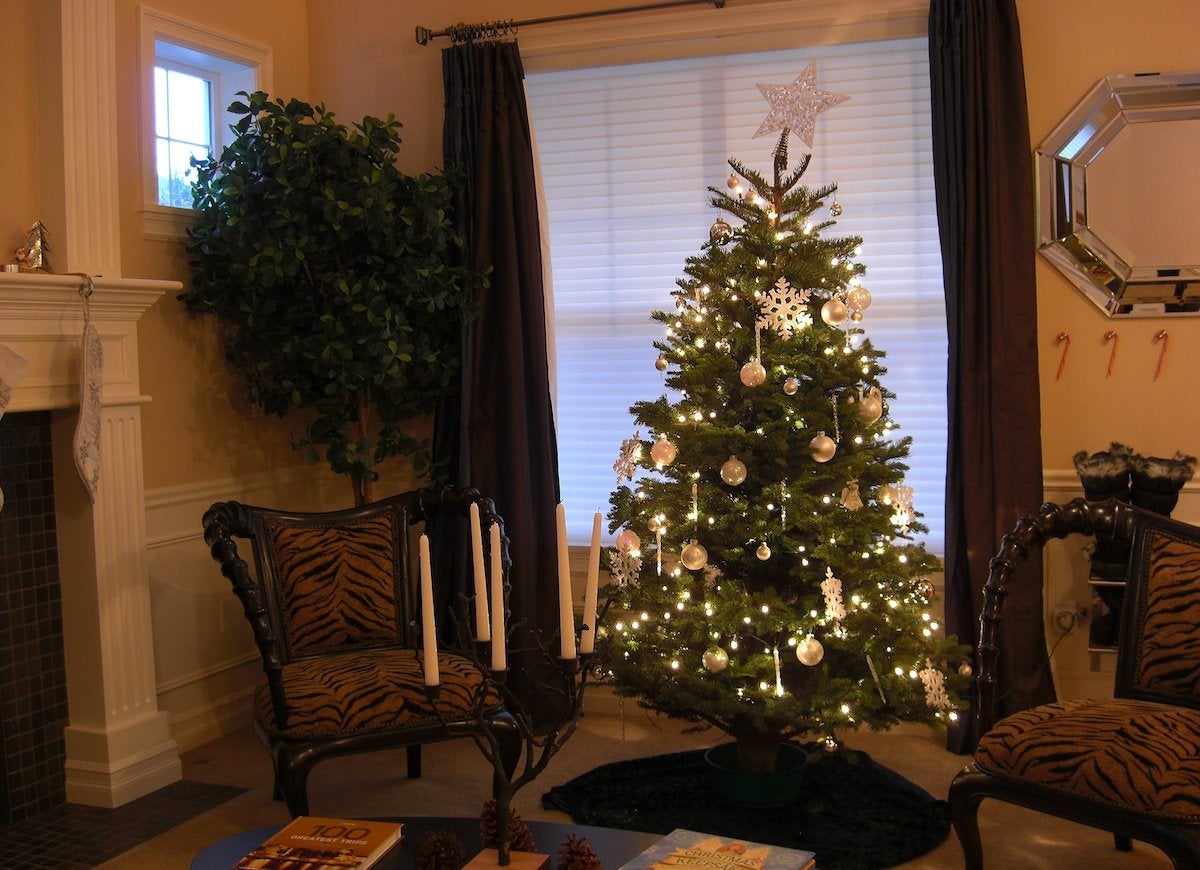
flickr.com via lockergnome
It’s really hard to get a Christmas tree to stand up straight in the stand on the first try. You need a partner. One person should drop the trunk into the stand as upright as possible and hold it, while the second person screws the eye bolts in underneath. Tighten each bolt a little bit a time. Once the tree is stable enough, the first person should then stand away from the tree and direct the bolt tightening. If the tree is leaning in one direction, the bolt on the opposite side should be tightened to straighten it up. It requires a little bit of trial and error, but with that method, you’ll eventually have success.
Leaky Stand
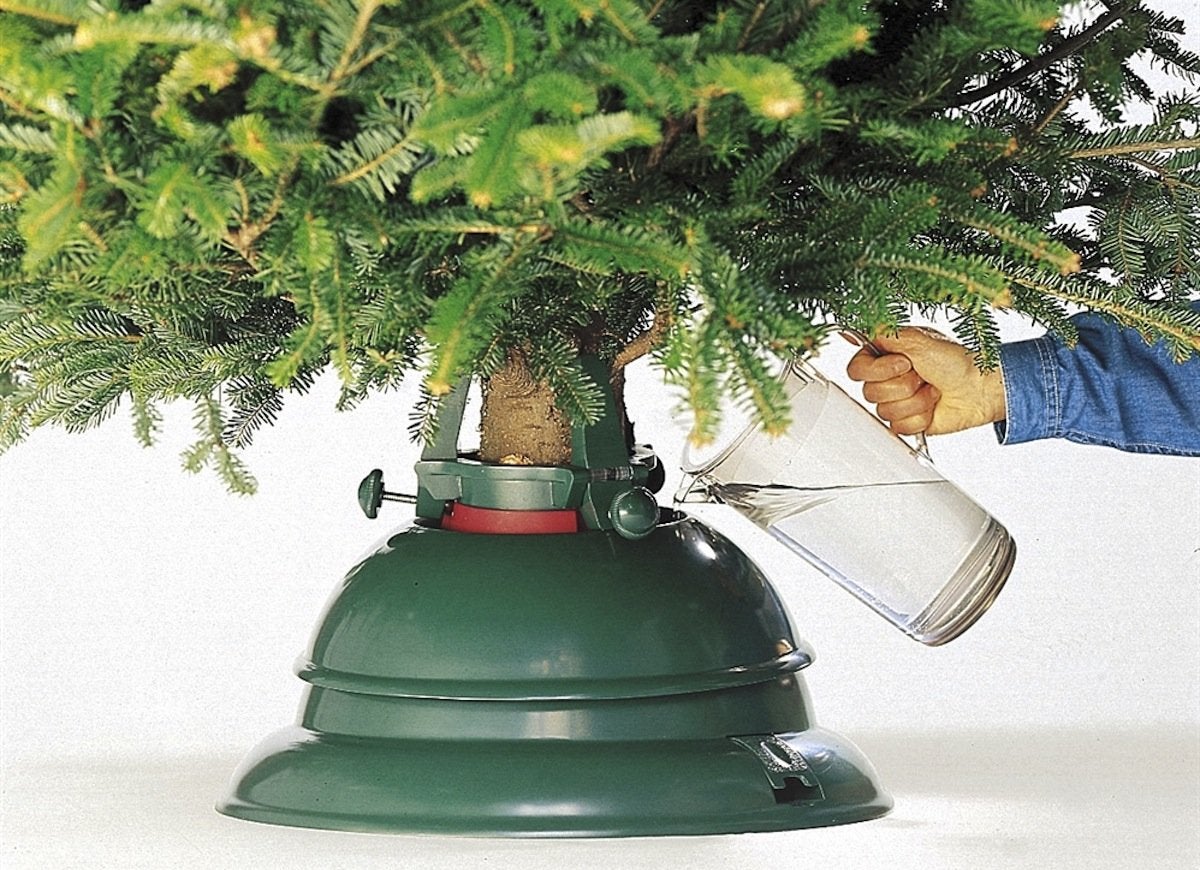
Place a sheet of plastic with a towel on top of it under the Christmas tree stand prior to setting it up. If you have a watering snafu, or the tree stand start to leak, this will help to protect your floor. Check the towel every day when you water the tree, so you can head off any problems sooner as opposed to later.
Broken Lights
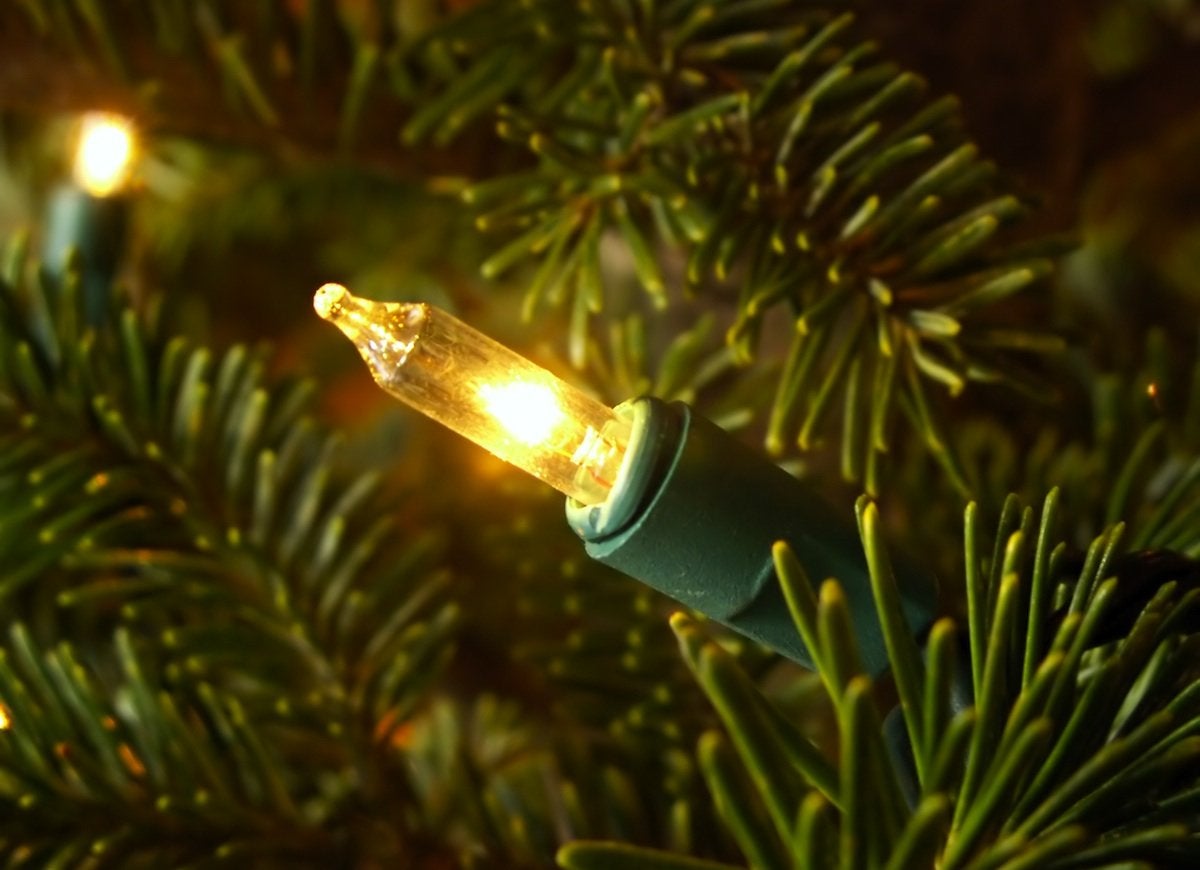
So, what happens if a strand of lights goes out after you’ve decorated the tree? It’s usually one bad bulb that causes a whole string to go defunct. Check each bulb on the strand to make sure it is properly seated. Tightening a loose one may do the trick. If it doesn’t, use an extra bulb that came with the set, and swap it into each bulb socket until you find the bum light. Once you do, all the lights should come back on.
Animal Attacks
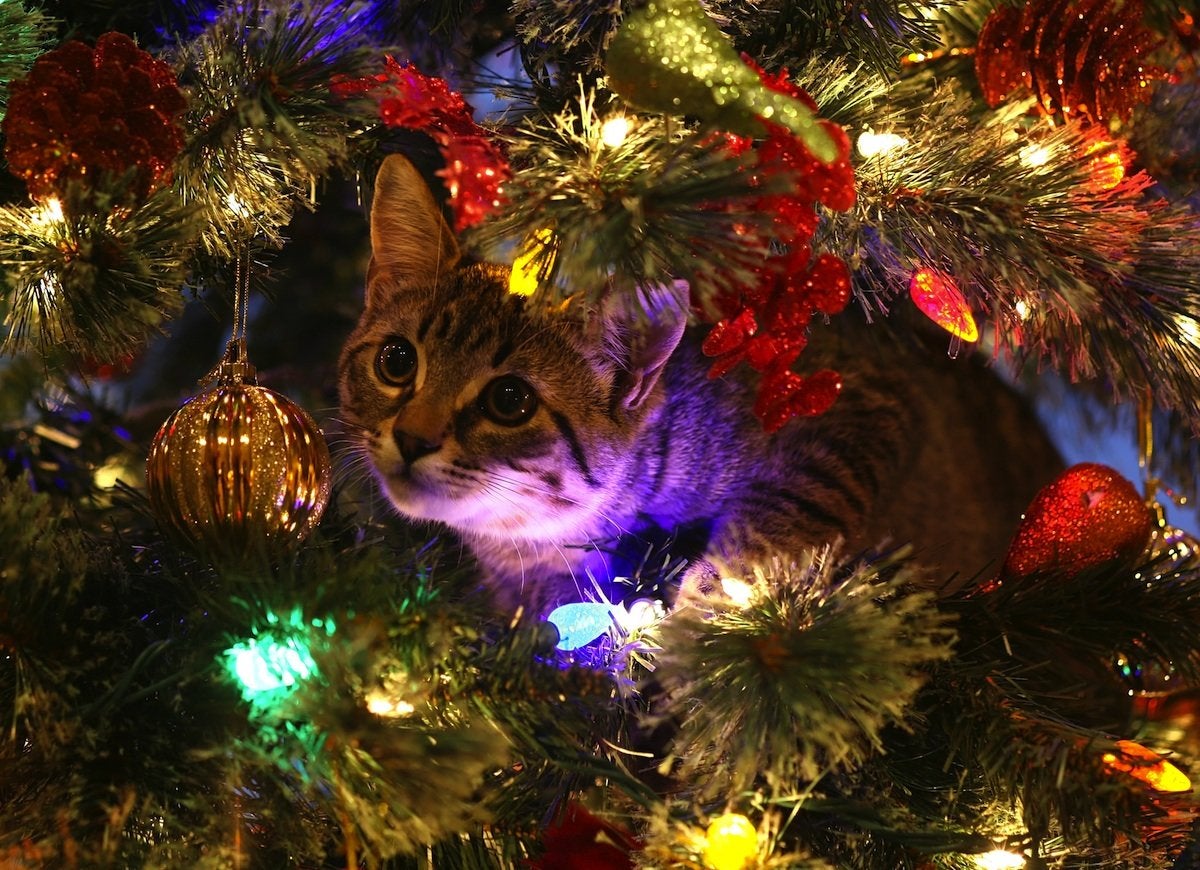
Cats and Christmas trees are natural foes. To keep your kitty from climbing the tree, wrap the base of it in a thick layer of aluminum foil. They don’t like to put their claws through it. You can also spray the tree with Citronella or Apple Bitter. Cats don’t like the smell, and more likely than not, will avoid your festive arrangements.
Baby Proofing
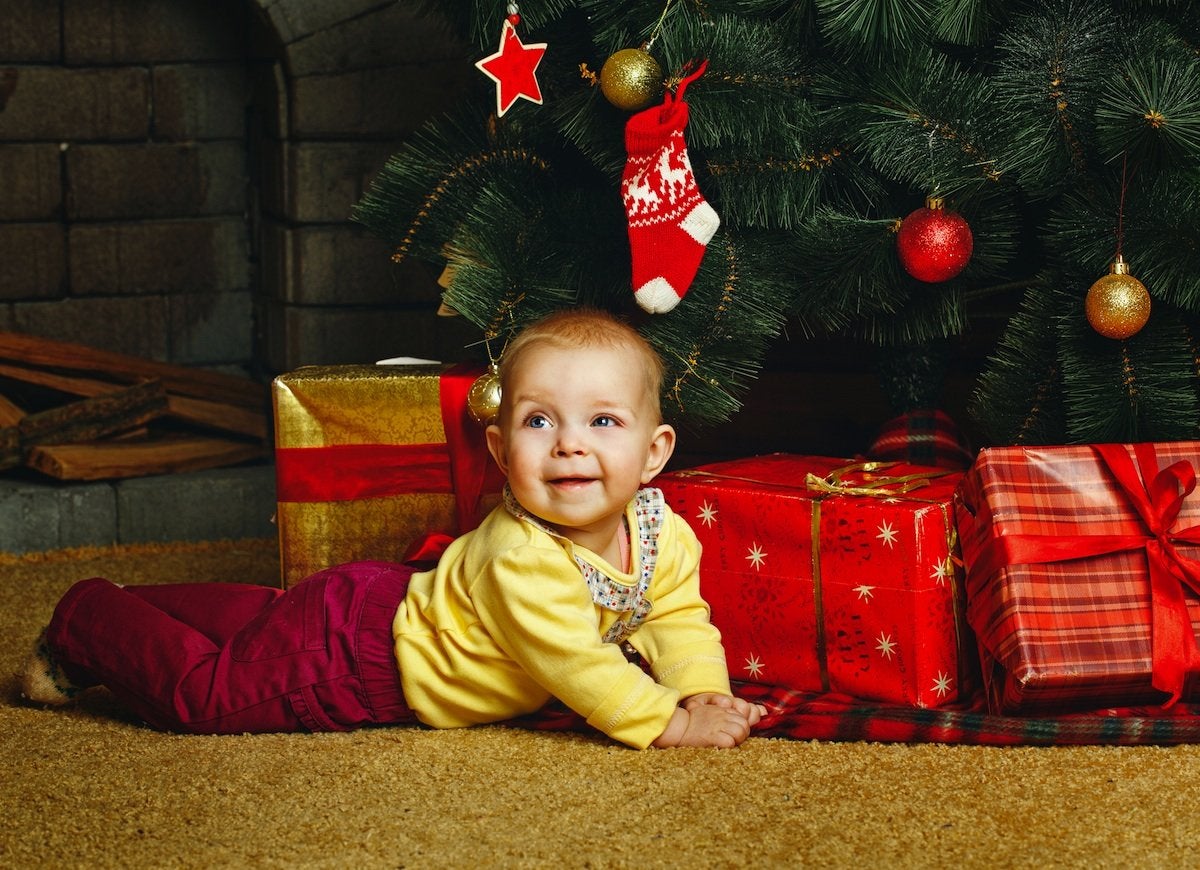
Toddlers are as curious about Christmas trees as cats are. But you need different methods to deter them. Place some extra baby gates around the tree to keep little ones from breaking precious ornaments or pulling the tree down on top of themselves. If a baby gates kills your Christmas spirit, decorate it with garland and bows to help it blend into the scene. Or, wrap some large empty boxes with Christmas wrap and surround the tree with a “present fence.”

Everything You Need for a Lush and Healthy Lawn
Keeping your grass green and your plants thriving doesn’t just take a green thumb—it starts with the right tools and supplies.
